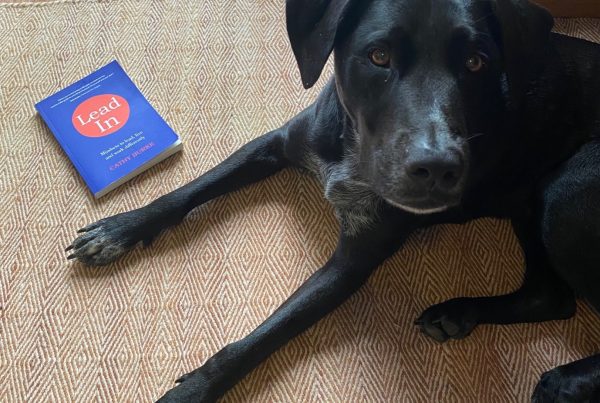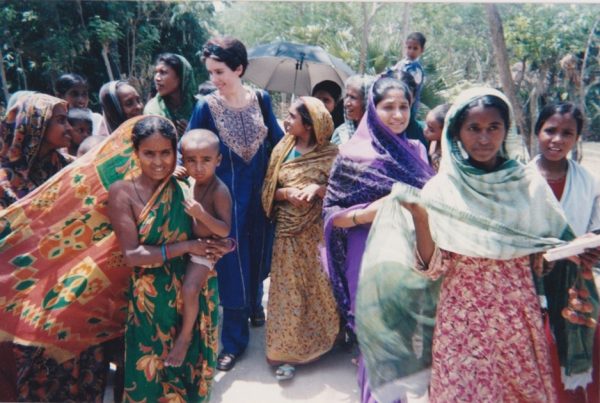My previous post on the manifesto of leading really hit a nerve. It seems there is a real hunger here for some straight talk and wider thinking around what leadership is.
The truth is, many of us have an uncomfortable relationship to leading. We just don’t see ourselves as leaders, and in fact can feel repelled by it. And I get it. We look at what passes for leadership in our organizations, in our communities, and in our world, and we think – pass! That’s not me!
I fell into that trap. Many years ago, when I was a young, female CEO, one of my male board members at the time pulled me aside and said told me I was just “not corporate enough” as a leader. My leadership style was too distinct. He believed I needed to change.
At the time I was running a small, quirky organization called The Hunger Project Australia. It was an unusual organization that was outside the mainstream thinking of charities and NGO’s. It’s core premise centered the power and agency of who’s going to end hunger with the hungry people themselves. That was a radical idea at the time (and is still quite unusual).
I was a living embodiment of that mission. I was not mainstream. I saw another world as possible, and I worked to bring that about. I was vocal, fearless and imaginative. The understanding that the future is not yet written and the most unlikely of us can achieve great things spoke to me personally. I was so lit up with this new possibility for humanity. I was like a fire with this message.
When the board member pulled me aside and told me I needed to be more corporate, I took that to heart more than what I should have. It fed unknowingly into my unexamined mindset around leaders – who they are, who gets to lead, how they look, and how they act.
I morphed into what I thought he thought a leader is. I suited up, taking all personality out of my clothes and style. I started focusing on different things. I tried to turn myself into that kind of leader. And it completely diminished my power, my effectiveness, and my joy. It was the antithesis to what I had built. It was at odds with my central message – that we are enough, as we are, to lead and change the world. That we don’t have to look a certain way, or sound the same.
(This is a global phenomenon. When I was in Bangladesh eighteen months ago, I interviewed many, many women on their perceptions of leadership, including 1200 village women who’d paid their own way to come to a leadership convention in Dhaka. Woman after woman said the same thing – that until their mindset was challenged, they didn’t see themselves as leaders. Leaders were ‘others’ – not them. One woman shared she has believed that to be a leader you had to “shout a lot, and wave your arms around.” Because that was never going to be her, she had opted out of leadership.)
After a few years of being miserable, and not effective, I was able to eschew this old view of how I should lead. What a relief! I learned to trust what leading meant to me. I was more careful from whom I took advice. I modeled myself more on the leaders I admired – those same women in villages who were leading changes in their community with joy, verve, passion, shrewdness, smarts, strategy, and implacability.
Through the accepted iconography of leadership, many of us count ourselves out. This is why redefining what leadership is to you, and not hiding from it is crucial. We need to own what we can do, and who we can be. We must claim our authentic version of leadership and not mould ourselves into some other version. We need to lead as we are, and bring that fully to the table.





